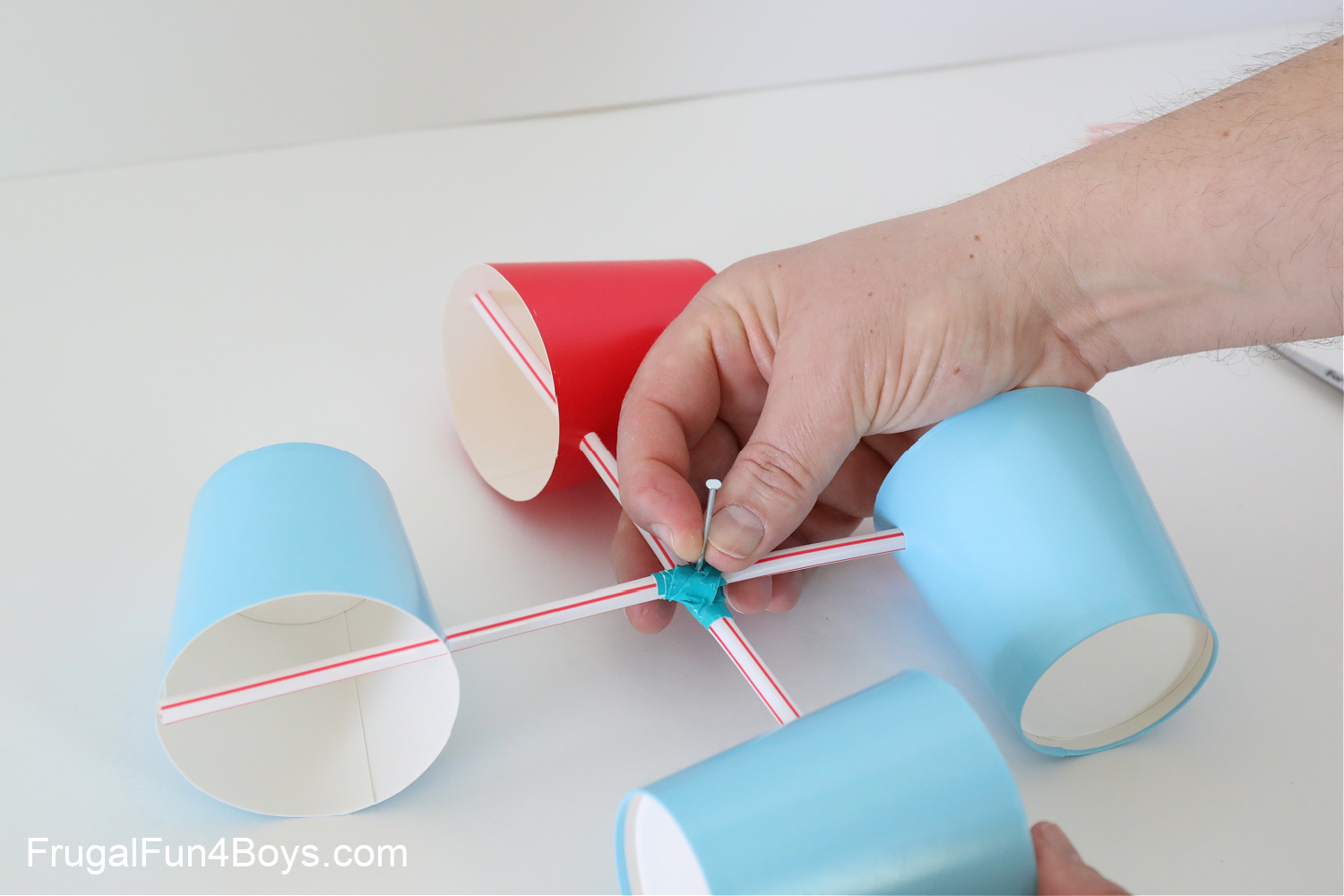Comparing Digital and Mechanical Anemometers: Which is Right for You?
Comparing Digital and Mechanical Anemometers: Which is Right for You?
Blog Article
Checking Out the Functions and Advantages of Anemometers for Weather Enthusiasts and Professionals
Anemometers stand as important tools in the realm of weather condition surveillance, satisfying both fanatics and skilled specialists alike. These tools use a window into the dynamic globe of wind patterns and speeds, providing vital data for meteorological analysis and forecasting. From mug anemometers to sonic anemometers, each kind brings its special collection of benefits and applications, shedding light on various facets of climatic conditions. As we dig right into the functions and benefits of anemometers, a much deeper understanding emerges not only of dominating climate sensations however also of the more comprehensive effects for fields like wind power production and environmental study.
Relevance of Anemometers in Climate Tracking
Anemometers play a critical function in weather tracking by supplying accurate dimensions of wind speed, assisting in projecting and understanding weather condition patterns. These tools, varying from standard mug anemometers to contemporary ultrasonic anemometers, are important for meteorologists, researchers, and climate lovers alike. By determining wind rate, anemometers aid in figuring out the intensity of weather condition phenomena such as storms, storms, and tornadoes. Furthermore, they give important information for aeronautics, maritime operations, and various industries that are delicate to wind problems.

Kinds Of Anemometers and Their Applications
The most typical kinds of anemometers include mug anemometers, vane anemometers, hot-wire anemometers, and ultrasonic anemometers. Cup anemometers are composed of three or 4 cups installed on horizontal arms that revolve with the wind, determining its rate. Vane anemometers, on the other hand, make use of a freely revolving vane to line up with the wind direction, giving both wind speed and instructions measurements.
Mug anemometers are suitable and robust for general climate surveillance, while vane anemometers are favored for directional measurements. Ultrasonic anemometers are non-intrusive and use high accuracy, often made use of in research and specialized weather condition tracking applications.
Benefits of Making Use Of Anemometers in Projecting
In weather forecasting, the utilization of anemometers provides vital benefits for improving the accuracy of weather forecasting. Anemometers gauge wind rate and instructions, supplying critical information for anticipating weather condition patterns. By incorporating wind data into projecting versions, meteorologists can better understand the movement of climate systems, expect modifications in weather, and concern a lot more exact forecasts.
Moreover, anemometers play an essential duty in analyzing prospective weather hazards. Monitoring wind rates helps forecasters forecast serious weather events such as storms, twisters, and winter tornados with greater precision. This early caution system allows authorities to release timely alerts and carry out required safety and security procedures, decreasing the risks to life and property.
In addition, anemometers assist in maximizing renewable resource production. By assessing wind patterns, meteorologists can identify ideal locations for wind ranches and predict energy result, contributing to the effective generation of wind power.

Anemometers in Wind Energy Manufacturing
Offered the crucial function anemometers play in supplying exact wind data for weather projecting and hazard analysis, their significance reaches the realm of wind energy production. Anemometers are crucial instruments in the field of wind energy, where the measurement of wind rate and direction is vital for figuring out the index usefulness and performance of wind generator installations. By accurately measuring wind speeds at varying heights, anemometers help enhance the placement and style of wind turbines see this page to optimize power outcome.
In wind farms, anemometers are purposefully put to gather real-time wind data that is made use of to assess the potential power production of a website. This information is crucial in establishing the economic stability of wind power tasks and in projecting power generation to make sure grid stability. Additionally, anemometers help in monitoring wind problems to maximize wind turbine performance, prevent damages from high winds, and make certain the security of employees working in the area of wind turbines.
Enhancing Weather Condition Recognizing With Anemometers

Anemometers play a crucial duty in boosting our understanding of microclimates. These local climate problems can vary substantially from more comprehensive local projections, making it important to have exact information for particular areas. anemometer. By strategically placing anemometers in numerous areas, scientists can gather detailed information on just how wind behaves in various terrains, urban environments, or bodies of water
Additionally, anemometers add to boosting climate forecasting models by giving real-time information on wind actions. This details is specifically important for anticipating serious climate events, optimizing agricultural methods, and supporting sectors like aeronautics and maritime navigation. Overall, anemometers are important tools that allow us to dive much deeper right into the intricacies of weather condition systems, ultimately leading to even more accurate forecasts and better-informed decisions.
Final Thought
To conclude, anemometers play a crucial duty in weather surveillance and forecasting by gauging wind speed and instructions. They are important devices used by weather enthusiasts and professionals to collect accurate information for predicting weather condition patterns and analyzing prospective influences. Anemometers also have applications in wind power manufacturing, further highlighting their view website value in both meteorology and renewable resource markets. Overall, anemometers add to boosting our understanding of weather sensations and boosting forecasting capabilities. anemometer.
From mug anemometers to sonic anemometers, each kind brings its unique set of benefits and applications, shedding light on different aspects of atmospheric conditions. These instruments, ranging from conventional cup anemometers to modern ultrasonic anemometers, are necessary for meteorologists, scientists, and climate fanatics alike. The most usual kinds of anemometers consist of mug anemometers, vane anemometers, hot-wire anemometers, and ultrasonic anemometers. Mug anemometers are durable and suitable for basic climate surveillance, while vane anemometers are preferred for directional dimensions. Anemometers are crucial instruments in the field of wind energy, where the measurement of wind rate and instructions is critical for determining the feasibility and efficiency of wind turbine installations.
Report this page